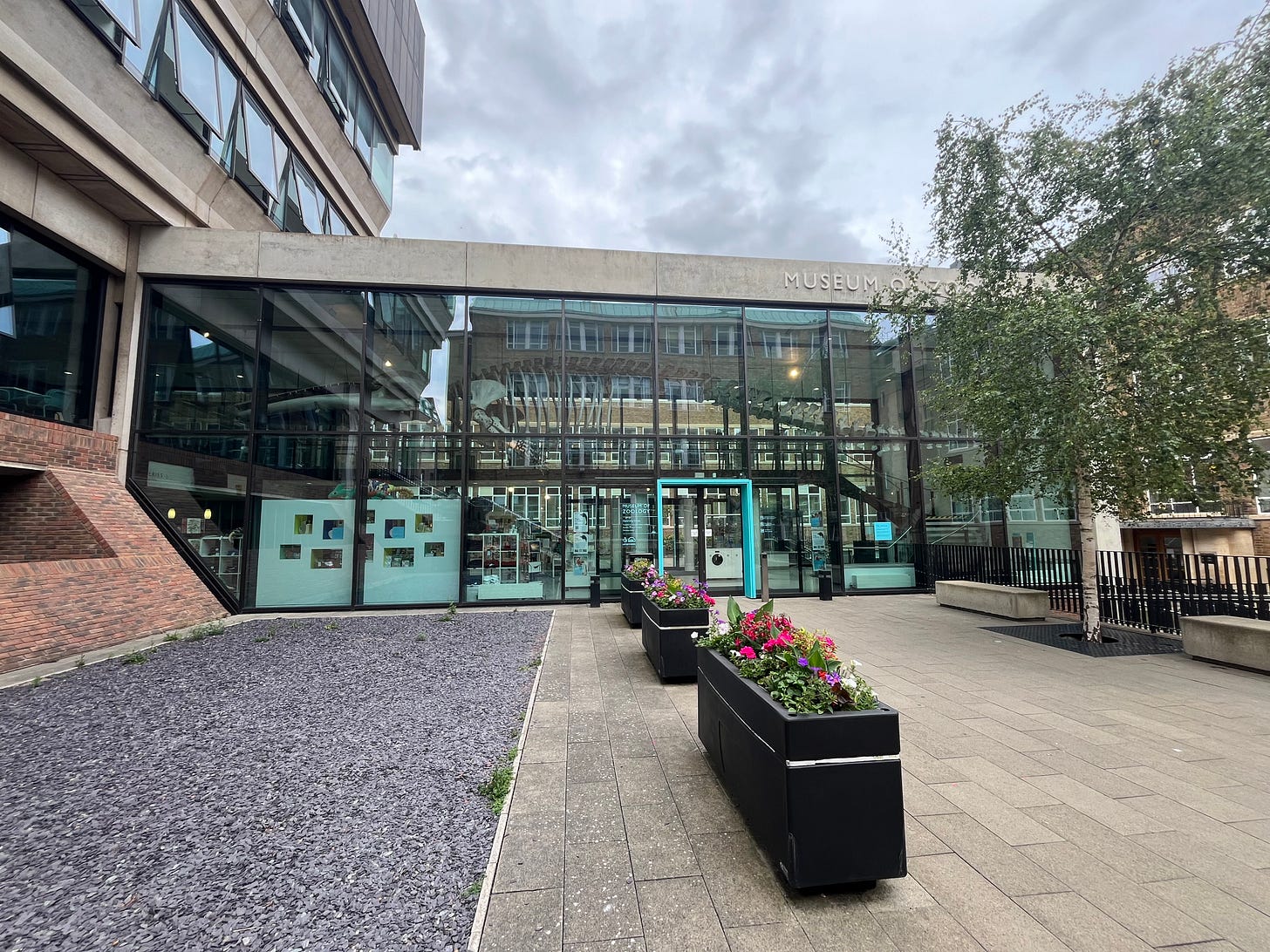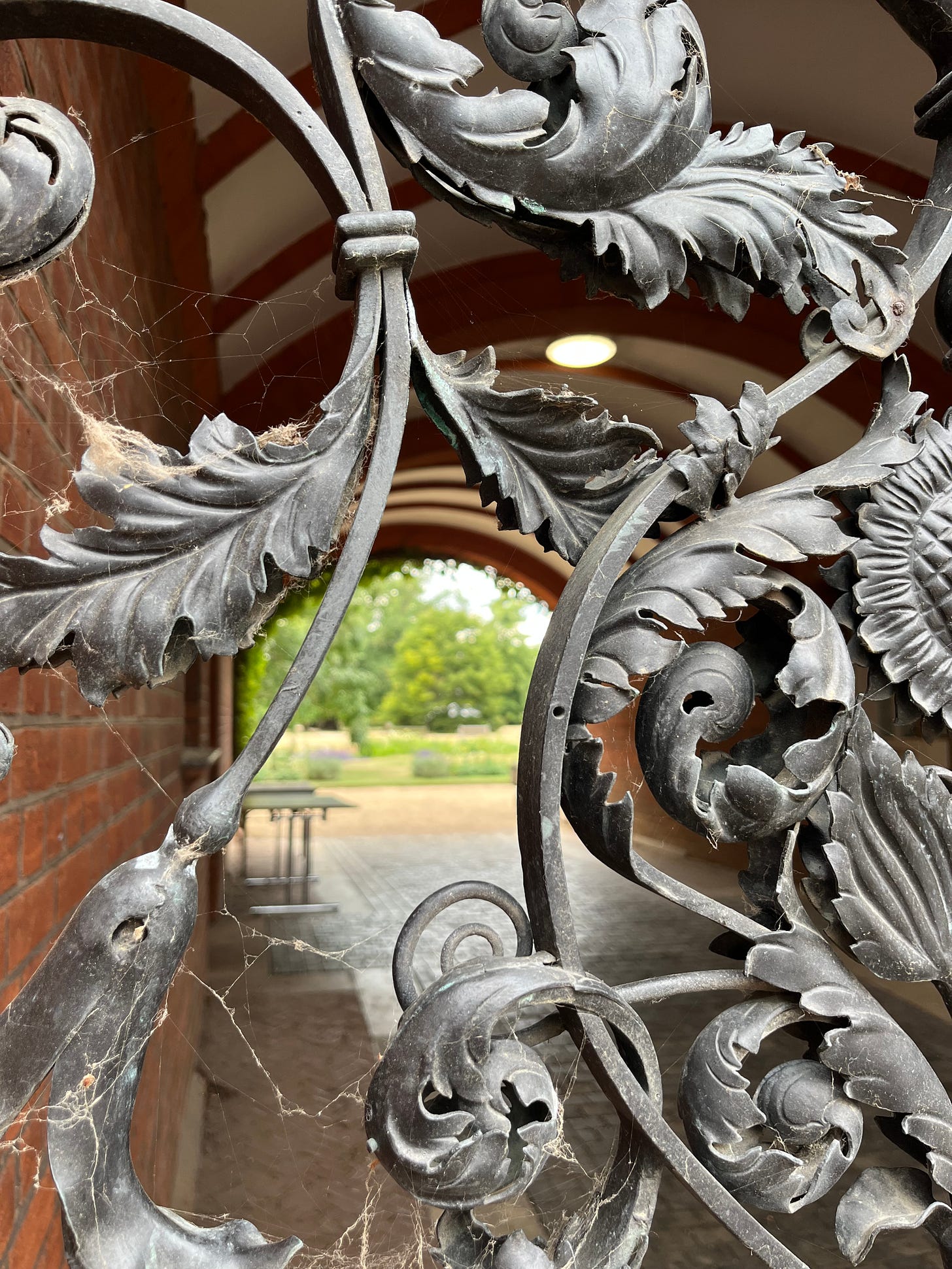Green space shouldn't be a privilege
Why access to nature is a public service, and who's getting left behind
Dear friends,
Try a thought experiment with me. When was the last time you were in nature and you saw someone who looked completely different to you? For those of you who don’t see yourselves reflected in these spaces, when was the last time you saw someone who did look like you? For many of my readers from non-dominant communities, I suspect the answer is rarely, if ever. This is a problem.
I’m from London—one of, if not the most, diverse cities in the world. But the further I move away from urban centres, and the further towards wilder, less managed green space, the less diverse is my company. This is a problem.
Access to nature is not a luxury. It is a lifeline: green space is associated with a whole host of health and wellbeing benefits, from better mental health to higher life satisfaction—and even lower rates of circulatory disease and mortality. Nature is a public service as important as education and healthcare. We need to start thinking of it in this way.
The best way to improve the inclusiveness and accessibility of a space is not to look at who is in it, but at who is not. Who is missing? Only then can we start to think about how to put this right.
Who’s missing from our green spaces?
On a typical walk in a rural nature reserve, I often find myself walking among an exclusively white demographic, generally well off enough to be able to afford membership to a conservation organisation, fancy camera equipment, hefty walking shoes and, crucially, a car. These places are normally not well served by public transport, and the car parks are unfailingly secretive, only findable if some kind soul has told you exactly where the turning is.
This anecdotal evidence is backed up by the stats. In the UK, just 56% of under-16s from Black, Asian or other minority ethnic communities visit the natural environment once a week, compared to 74% of under-16s from white households.
Clearly, a lot of this is to do where people live and where the green spaces are. Here in the UK, land ownership and access is a mess, particularly in England. Only 8% of the land in England is publicly accessible, and only 3% of its rivers. This is because so much of it exists as private land, especially as private gardens.
Garden access, though, varies massively by socio-economic background. While 12% of homes in England have no access to a garden, this rises to 21% in highly urbanised areas, such as London—the very areas where more diverse, poorer communities live. In fact, those from black communities in England are nearly four times as likely as their white counterparts to have no access to outdoor space at home. These disparities aren’t just heartbreaking; they are unacceptable.
Green is good for us
Not only do these spaces clinically improve our health, but research shows that the very people who currently have the least access to green space are the very people who have the most to gain from it, in terms of their health, happiness and nature connection.
One study actually found that communities living in the greenest areas had the lowest levels of health inequalities related to income. So improving access to green space is one of the most cost-effective public health strategies—it stands to save health systems money and time, and people their lives. Public green space is a public service. If you want a deep dive into this study, next month’s post for paid subscribers does just this.
How do we bridge these divides?
The status quo, then, seems pretty grim. It’s hard to know how we, as individuals, can go about improving public land access, increasing the accessibility of rural nature and growing the quantity and quality of green space in the poorest, densest urban areas. These are huge challenges. But they won’t be solved if we are unaware of them.
What we can do, though, is try our best to break down social barriers and make sure everyone feels accepted. In addition to proximity and public transport, social barriers play a huge role in limiting nature access. Everyone should feel free to be in these spaces in ways that feel right for them, not in a manner that is dictated to them or expected.
If a family from a poor, diverse, urban area has managed, against all the odds, to make it out into a rural nature reserve, and they are made to feel unwelcome, then in all likelihood they will not be returning.
We can change this though.
This is about reaching out to those communities that are currently missing. It’s about meeting them where they’re at, both physically and emotionally. Getting to know them, building trust and crafting events and opportunities specifically for them. This is not quick work. It is about changing generational attitudes.
Let me show you how we can start trying to make a difference.
Breaking down barriers through ecology
A few years ago, I won a grant to pilot an ecology programme for kids. We ran sessions at a rural school and in central Cambridge, and it was all free. We paid for their transport, their food and all the kit. We set up an online space so that students could ask questions and get to know each other between sessions. Crucially, we invited them into spaces that, from the outside, likely looked intimidating and ‘not for them’—places emblazoned with the University of Cambridge crest and shut away behind big, scary doors.
We let them run around the immaculate grounds of a University of Cambridge college with ecology field kit, working on their own science projects. We invited them to an exclusive event at the University’s Museum of Zoology. While the Museum was closed to the public, we opened it just for them. We printed off huge posters so they could showcase their science projects, which they got to see displayed in the beautiful glass entrance hall of the Museum, above which hangs a huge fin whale skeleton. The whole point was to make them feel valued.
It worked.

A year after the programme finished, I was in the Botanic Garden in Cambridge, when I spotted one of the girls who took part in the programme the year before. She was there with her whole family. I knew she lived over an hour’s drive away in Luton. The year before, she told me that they had never been to the Botanic Garden, that they hadn’t even been to visit Cambridge before. And yet there they were, walking through the gardens looking relaxed. It stopped me in my tracks.
I turned to walk away with a smile on my face, but before I knew it, she spotted me, ran up to me and gave me the biggest hug. She knew she was welcome, and I was so glad.
What if organisations scaled this up?
Sadly, this one experience won’t have been sufficient. She and her family were not white and well-off. They were Muslim, and visibly so, wearing headscarves. When not in London, this stands out. No matter how friendly people are, being the only person in a place who looks like you makes you wildly aware that you are different. This can make people feel uncomfortable and unconsciously unwelcome. So we need much more than piecemeal approaches. We need a complete change in approach from the organisations who own these precious, wild, green spaces.
Land access is complicated, and we can’t fix this through our individual actions. But we can each go out of our way to make sure that everyone feels welcome, valued and accepted. Because everyone deserves to find joy and remedy in nature.
We can all try our best to put this right. It will take all of us, everywhere, all at once. But that’s what nature does best—it fosters community and brings out the best of humanity.
Take a moment to jot down a small action you can take this week, in your own small corner of the world. Share it below—it might inspire others!
If you want to learn more about nurturing a rich relationship with nature, subscribe for free or upgrade to paid today.
Alternatively, you can…







I agree with the sentiments expressed in your article. However, can you explain the 8%? Scotland is over 30% of the land mass of GB and I have virtually unrestricted access to the countryside (I live in the Highlands) so 8% appears very low.
Thank you.
Another great post Kate. Enjoying your work!